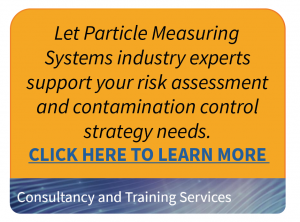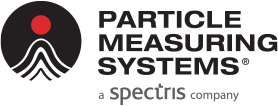The use of Quality Risk Management (QRM) principles and risk-based approaches are prominent expectations throughout the Annex 1 draft. Risk-based approaches are mentioned 43 times in the draft reinforcing the importance of using Risk Based approaches in all aspects of sterile product manufacturing.
Here we highlight requirements related to Quality Risk Management that are specifically mentioned in Annex 1, including:
- Pharmaceutical Quality System Requirements (PQS)- Manufacture of sterile products
- Utilities Monitoring
- Viable/ Non Viable (V/NV) Environmental and Process Monitoring
Quality Risk Management- Annex 1, Principle Section 2
Section 2.2: Processes, equipment, facilities and manufacturing activities should be managed in accordance with QRM principles that provide a proactive means of identifying, scientifically evaluating and controlling potential risks to quality.
QRM priorities should include good design of the facility, equipment and process in the first instance, then implementation of well-designed procedures, with monitoring systems as the final element that demonstrate that the design and procedures have been correctly implemented and continue to perform in line with expectations.
Exclusively monitoring or testing does not give assurance of sterility. You must think holistically about your facility’s contamination control strategy.
Pharmaceutical Quality systems
Pharmaceutical quality systems should have three elements:
Systems and procedures
- Processes, equipment, facilities and manufacturing activities should be managed in accordance with QRM principles that provide a proactive means of identifying, scientifically evaluating and controlling potential risks to quality.
Risk Management System
- There is an effective risk management system integrated into the product life cycle to minimize microbial contamination to ensure the safety, quality and efficacy of sterile manufactured product, including assurance of sterility.
Risk Assessments
- Risk Assessment is performed to identify, assess, eliminate (where applicable) and control contamination risks to prevent contamination, …and to establish process requirement and acceptance criteria for all elements of a sterile manufacturing process.
Learn about particle counters, microbial monitors, and data management solutions for your cleanroom monitoring needs.
Want to read more? Jump to other released posts in this series:
- Part 1 of 5: Quality Risk Management- Principle Section 2 (you are here!)
- Part 2 of 5, Quality Risk Management- Annex 1 section 6.1
- Part 3 of 5, V/NV Environmental and Process Monitoring- Annex 1, Section 9.4
- Part 4 of ,5 Definition of potential sampling points
- Part 5 of 5, Blog 5 Process Risk Assessment
Learn more… Get the full paper here.


